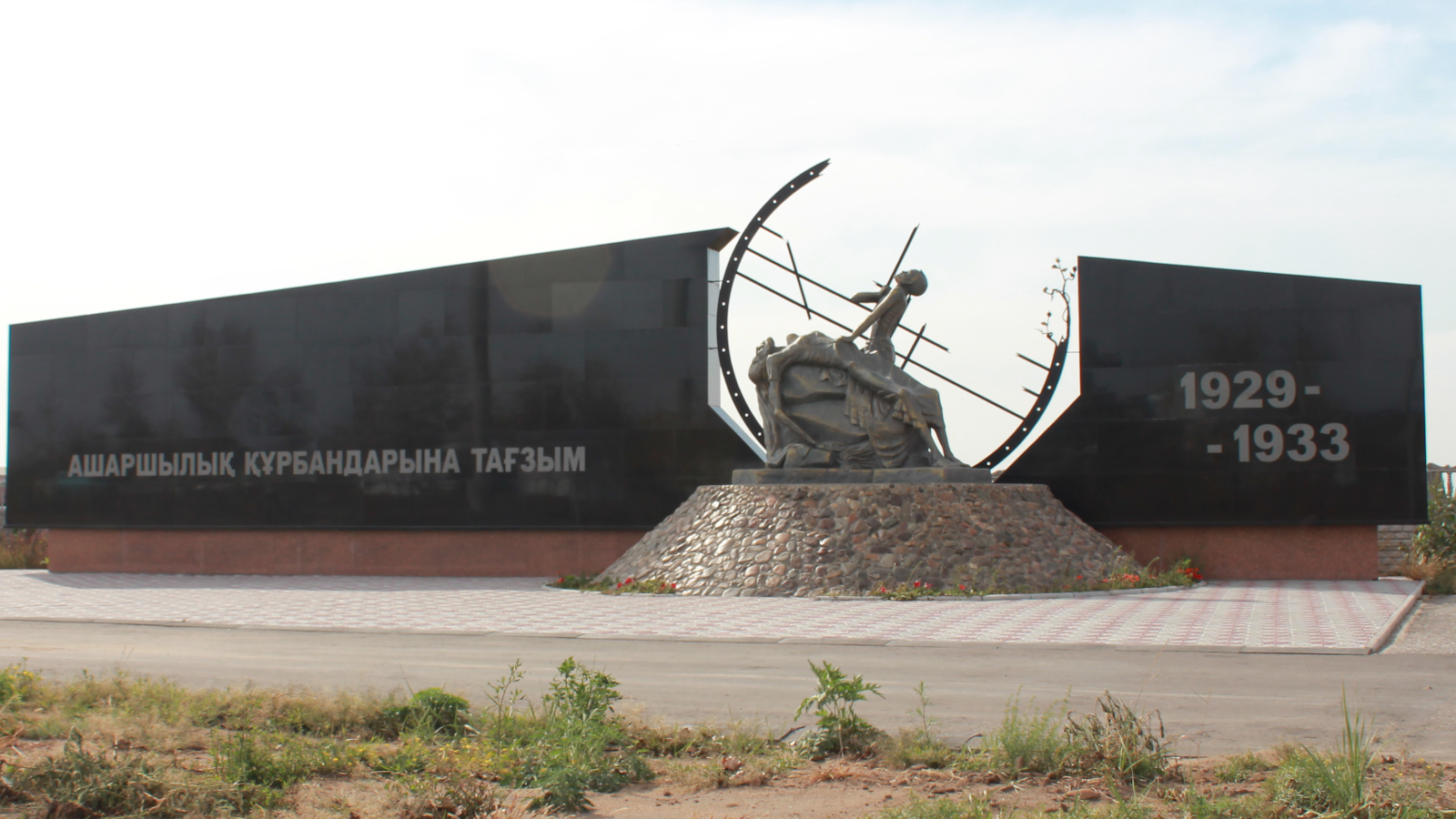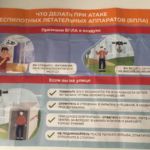“Asharshylyk” (based on the materials of the three-volume book “Asharshylyk. Famine. 1928-1934. Documentary chronicle”)

Every year on May 31, Kazakhstan celebrates the Day of Remembrance for the Victims of Political Repressions, and for the last few years it has also been the Day of Remembrance for the Victims of the Famine of the 30s of the last century.
Today, even the Kazakh authorities, who are accurate in their assessments of the past events, are beginning to insist on a more thorough study of the Holodomor.
Let’s plunge into history: the Kazakh SSR, created in 1924, was not like other republics, and for most of the 1920s, Kazakhs were allowed to live their usual lives.
And then the planned economy began. A year before the start of collectivization, the Soviet authorities carried out mass requisitions of livestock from local bais in Kazakhstan, thus trying to reduce the influence of the heads of different clans on their people, while views about the “absolute inefficiency” of the nomadic model began to be promoted. Philip Goloshchekin, the secretary of the Kazakh Regional Committee of the All-Union Communist Party of Bolsheviks, led the processes of “settlement” of the Kazakhs on the ground.
In the science of ethnography, there is the concept of “food-supplying landscape” – a complex of natural and geographical conditions that form the way of life, the economic basis and the very national character of the nation. So the mentality and national character of the highlander differs from the national character of the seaside fisherman. And the domestic and economic component of life and life of a steppe nomad and a peasant farmer will differ very much. Switch them around – and the whole economy will come to ruin, for at least one or two generations are needed to acquire survival skills in alien natural and geographical conditions.
Having destroyed the former social structure of the Kazakhs, Soviet officials took the first step towards the beginning of a famine in the republic. In addition, it turned out that the republic simply does not have the money to provide the collective farms with at least a minimal infrastructure. For 500 settlements, four hospitals and five baths were built, for 80,000 settled families, only 2,000 houses were built.
The exorbitant plan was set for the procurement of bread for people who a few months ago had nothing to do with agriculture. While the norms of meat, which the republic was supposed to supply to Moscow, Leningrad, Ural region and the Far East, were also left at the same level. This led to the instant impoverishment of the Kazakhs. Unable to fulfill their obligations – primarily on the delivery of grain – the Kazakhs were forced to exchange livestock for grain for next to nothing. “A ram was exchanged for 15 poods of bread, a cow for 1.5 poods, a mare for 2 poods, a camel for 3 poods, a good horse for 4 poods.
The logic of the nomadic way of life was precisely that the cattle moved from place to place along with the nomads, in search of the most fertile pastures. But the cattle were simply socialized, herded into one unequipped place, left without fodder and drink. As a result, for example, at the Ovtsevod state farm in Kzyl-Ordinskiy district, 3,852 heads of livestock died in just a month, including 560 sheep that froze overnight. In just the first two years of collectivization, according to the Central Executive Committee, the loss of livestock in the republic amounted to 70%, and by the end of the famine – all 90%. Already at the height of the famine, in November 1932, Stalin demanded “to switch to the rails of repression.”
And in the republic, an epidemic of mass starvation deaths was raging in full swing, and the Kazakhs changed tactics to their usual one: they began to hastily leave either for neighboring republics, where the scale of hunger and repression was not so strong, or they tried to break into China, in Xinjiang region (a significant part of the Uyghurs, suffering now in the “re-education camps” – the descendants of refugees from the Kazakh SSR). For five years – from 1928 to 1933 – about 200 thousand people managed to escape to China across the border.
The United state political administration tried to stop the flow by issuing an order to shoot to kill anyone who tried to flee. The apotheosis of this tactic was the “Karatal case”: in October, 40 Kazakh families tried to cross the border, but they, completely unarmed, were attacked by the United state political administration officers. Nine families managed to cross the border and escape, the rest were either shot dead on the spot or taken prisoner, while all the survived women and girls were raped, and all the corpses were robbed.
By 1931, the scale of the famine had become catastrophic. Dead or dying Kazakhs were everywhere: on the streets of cities, in the buildings of railway stations, on the steppe roads. Those who fled from famine at least somewhere were called “off-nomads” and were treated as a class hostile element.
An excellent Russian idea was to drive the nomadic herders into agricultural collective farms, while depriving them of all their livestock. The top of revolutionary economic thought! Should they spare some semi-nomadic people to achieve the great goal of building the First Proletarian State in the World? Is half of them dead? Well, the hell with them, we are on the right path, comrades! Unfortunately, there, in the Kremlin, they are exactly the same even now, they continue to build their Great State. And at the same time, to kill several hundred thousand of their own citizens, mostly “national minority people”, sending them to the senseless war of conquest, it is not hard for them!
Russia, as the legal successor of the Soviet Union, will not be able to just remain silent, sooner or later it will have to explain what happened 90 years ago. “Based on the current political situation, it is clear that nobody will ever get at least apologies,” Dosym Satpaev, a Kazakh political analyst, tells Novaya. “On the contrary, we see the escalation of hysteria and a powerful neo-Soviet propaganda surge in Russia.”


Leave a Reply